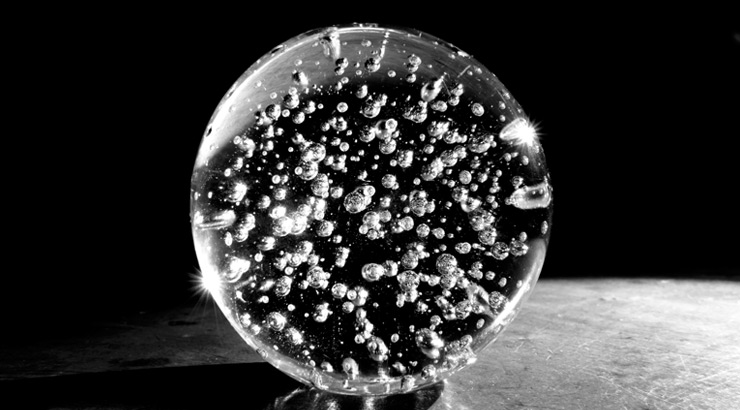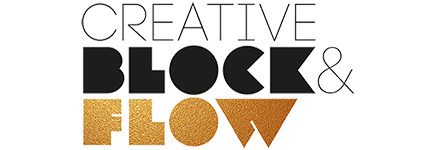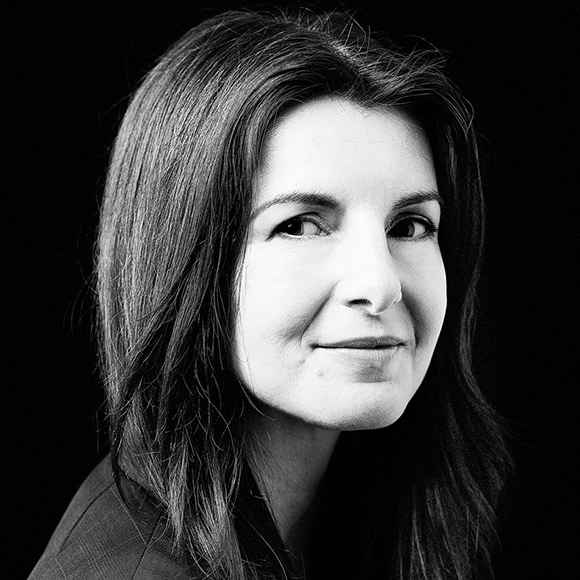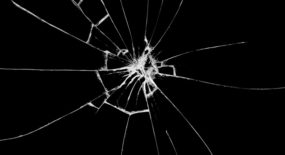
The creative process is a natural function of every single human being. It is not exclusively creative, yet it is how ‘creation’ or ideas happen.
In 1926, Graham Wallas, an English social psychologist, observed this natural function and published ‘The Art of Thought’ which presented a model outlining the four stages of creativity, known today as the creative process.
1) Preparation
2) Incubation
3) Illumination
4) Verification (we now call Implementation)
Preparation and Implementation are the more tangible and conscious aspects of the process, the mental ‘doing’ – the intention, the brief, the research, the mind-map, the study, the materials, the production, the delivery.
Incubation and Illumination are the more intangible and unconscious aspects of the process, the mental ‘not doing’. (However, throughout the implementation process there can be countless cycles of incubation and illumination as an idea develops into production.)
You can feel very comfortable in the doing aspect of work because it is tangible, you have a sense of what’s next, there’s a linear order to it and you seemingly have conscious control.
However, the not doing is where most people flounder because you tend to keep looking to your conscious mind to deliver a solution – revving up your thinking – when it’s actually your unconscious mind that is the solution finder.
During Incubation, once you let go of conscious thought, the unconscious mind is doing the ‘doing’ behind the scenes, with no conscious focus or effort needed from you. It’s knitting together patterns and experiences from your entire consciousness to bring together something new.
You couldn’t possibly consciously sieve through every single sight, sound, sense and experience that you’ve ever had, yet somehow your unconscious mind can. It’s like your own personal database behind your conscious awareness.
Illumination is where your unconscious mind ‘delivers’ the solution to your conscious mind as an insight, a fresh thought, a ‘Eureka!’ or ‘aha’ moment.
Wallas observed that there are two types of circumstances that help the incubation and illumination process.
One, is where your conscious mind is focused on another mental activity, completely separate to the job in hand. Einstein came up with some of his best scientific ideas while he was playing the violin.
Two, is where your conscious mind is relaxing from all conscious mental activity. Einstein also had some of best scientific ideas while he was shaving in the bathroom.
Ideas often come to you when you’re busy doing something else.
There is one aspect of this process that goes even deeper than the unconscious, deeper than all your individual personal experience. It’s what Carl Jung called the Super Consciousness Mind.
This Mind contains all the latent potential and infinite creative possibilities of anything that can be conceived with a personal mind. It is seen as the ‘collective unconscious’ of our entire species, like all of our individual consciousnesses held together in one giant super consciousness. It’s the mother of all databases.
When you can let go of conscious thought, and I mean really let go of it, not only can your unconscious mind deliver the goods, but it allows the super conscious mind to deliver into your awareness those breath-taking ideas, insights and realisations that you’ve never thought of before.
Incubation not only taps into your own personal creative capacity, it allows you to access the ultimate creative capacity.










 If you’d like to connect, have an informal chat or just find out what’s possible, then please send me a message via the contact form. I love to answer inquiring questions from curious minds.
If you’d like to connect, have an informal chat or just find out what’s possible, then please send me a message via the contact form. I love to answer inquiring questions from curious minds.




